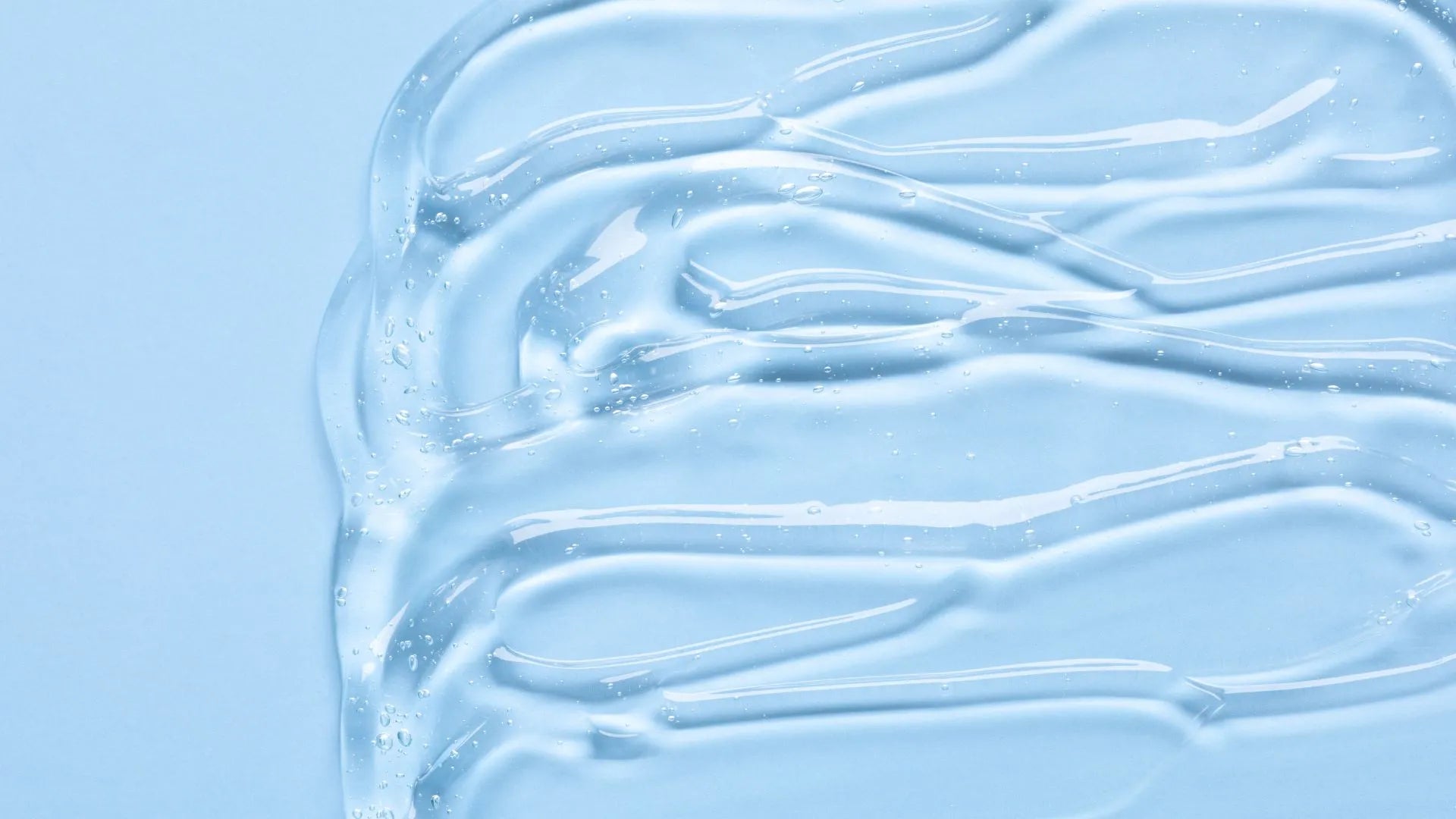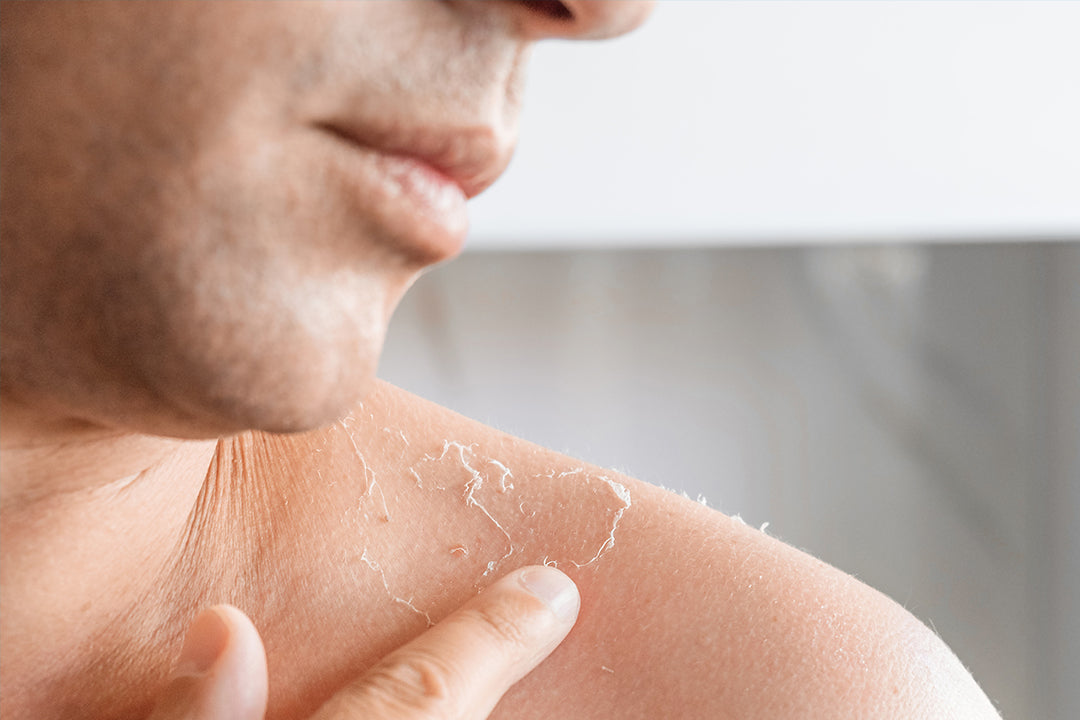Salicylic acid has long been known for its effectiveness in treating acne and improving skin texture. However, recent controversies surrounding the use of salicylic acid solutions have led to the development of an alternative: anhydrous salicylic acid. In this article, we will explore the differences between these two formulations and discuss their respective benefits.
Anhydrous Salicylic Acid vs Salicylic Acid: Understanding the Differences and Benefits
What is Salicylic Acid?
Salicylic acid is a beta-hydroxy acid (BHA) that is commonly used in skincare products to exfoliate the skin, unclog pores, and reduce inflammation. It is particularly effective for treating acne-prone skin and improving the appearance of blemishes and blackheads.
Salicylic acid works by penetrating deep into the pores and dissolving the buildup of dead skin cells, oil, and debris. It also has anti-inflammatory properties that help reduce redness and swelling associated with acne.
The Benefits of Anhydrous Salicylic Acid
Anhydrous salicylic acid offers several benefits over traditional salicylic acid solutions. Firstly, its squalane-based formula helps moisturize the skin, preventing dryness and irritation that can sometimes occur with regular salicylic acid products.
Additionally, the absence of water in the formulation reduces the risk of bacterial contamination and extends the shelf life of the product. This is particularly important for individuals with sensitive or acne-prone skin, as bacterial growth can exacerbate acne symptoms.
How to Incorporate Anhydrous Salicylic Acid into Your Skincare Routine
If you are considering incorporating anhydrous salicylic acid into your skincare routine, it is important to follow a few guidelines:
- Start with a patch test: Before applying the product to your entire face, perform a patch test on a small area of skin to check for any adverse reactions.
- Use as directed: Follow the instructions provided by the manufacturer for best results. Avoid using more products than recommended, as this can lead to dryness or irritation.
- Gradually increase frequency: If your skin tolerates the product well, you can gradually increase the frequency of use. However, be mindful not to over-exfoliate, as this can strip the skin of its natural oils and disrupt the moisture barrier.
- Moisturize and protect: After applying anhydrous salicylic acid, be sure to moisturize your skin to maintain hydration. Additionally, always apply sunscreen during the day to protect your skin from harmful UV rays.
Takeaways
Anhydrous salicylic acid offers a waterless and squalane-based alternative to traditional salicylic acid solutions. It provides the same benefits of exfoliation, pore unclogging, and inflammation reduction while minimizing the risk of dryness and irritation. By following the guidelines for use and incorporating it into your skincare routine, you can reap the benefits of anhydrous salicylic acid and achieve clearer, smoother skin.









